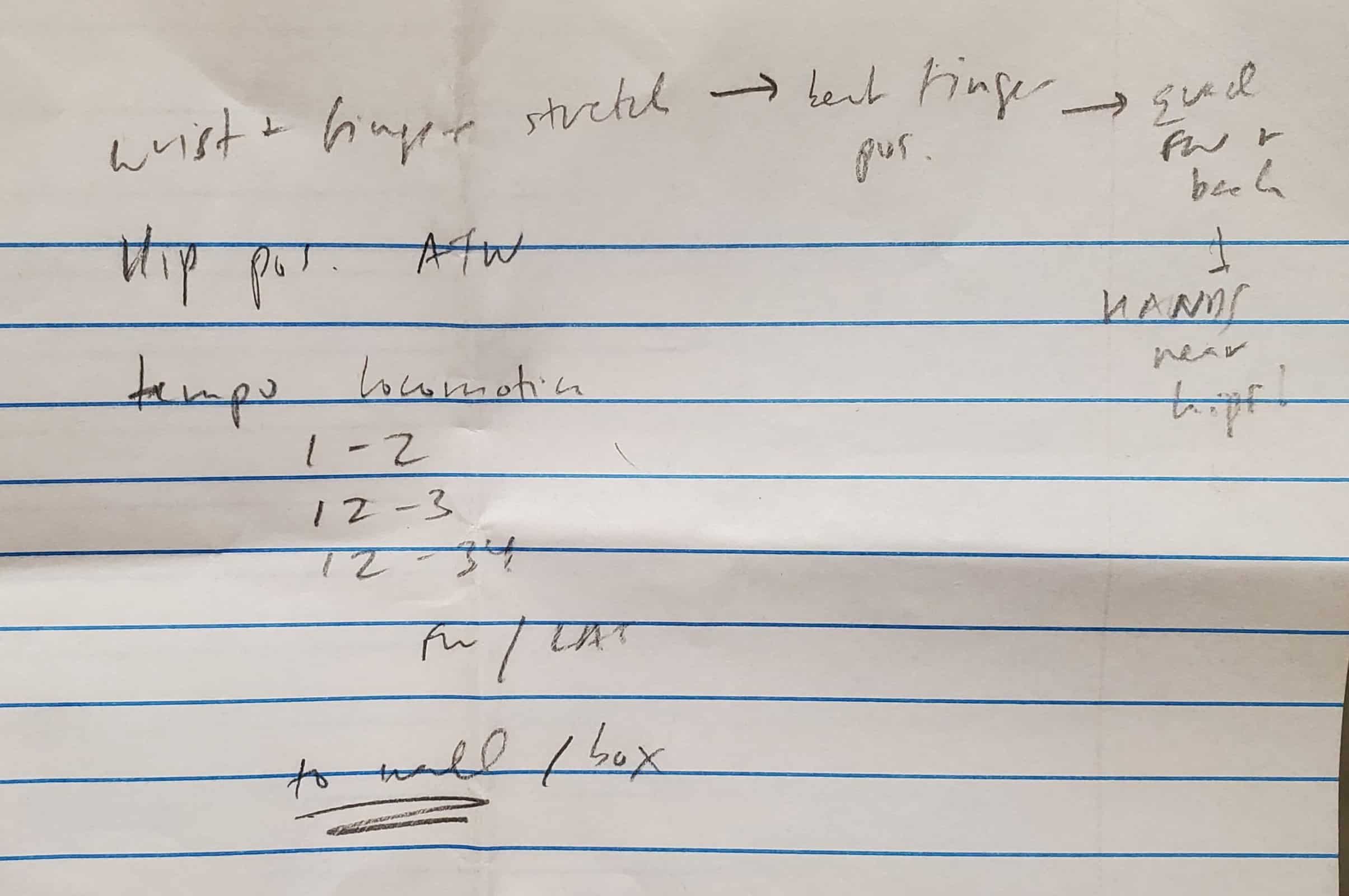
Architecture of a Body-Centric PE Lesson (Part 2)
To recap Part One:
- Create a sense of intrigue
- Provide multiple points of entry
- Establish pockets of safety
- Ask instead of assume
- This sh*t’s hard (which is why so few do it)
After the weight shift lesson , three of the four of my classes chose to continue. The one that did not extended their more preferred sports lesson. I want to reiterate that neither they or the material were ‘bad’. Just different interests. I see my job as primarily matching interests to what is presented. I let them lead me to where they want to go, and indulge them in investigations from there.
For those that still wanted to get upside down, I used the week between lessons to brainstorm multiple breakdowns. Reflecting on group trends and individual sticking points, I needed to soften how one loads their weight onto their hands. This type of problem solving is quite fun for me, as if forces me to keep simplifying, until I find “that thing” that seems accessible to all.
The following represents multiple mornings of conjuring and considering:
The only reason they were separated out was the camera orientation I happened to capture each with.
I have long learned to not be married to interpretations born from me. My amusement and intrigue does not qualify them to fit others. Like words, as much as I may like the way something sounds, it might not get the point across clearly. Though these ideas ultimately did not make it into the final lesson, they did provide the backdrop to what would ultimately become that unifying thing: tempo locomotion.
The premise behind tempo locomotion is cadence and lightness. With four limbs, you have the possibility for four beats. The longer the count, the longer the expression, or the more drawn out the collision. The shorter the count, the more hands or feet land together, and the louder the sound and force produced.
Here is a comparative break down of ‘beats’ in the lateral hover presented in part one:
And the same concept differentiating the cartwheel from the roundhouse:
While most locomotion has the subjects travel, I found I could get a tempo synchronized call and response if I kept them in one spot; a few ground strikes forward and a few ground strikes back. Forward moved the hands first and backwards started with the feet:
It was the backwards or feet first that ultimately helped them invert and stick to the wall:
Getting long on the wall ultimately followed one of these three paths:
View this post on Instagram
Note the cadence and smoothness of each.
Whether short or long, every single kid got upside down.
Well worth the effort to create the belief, and then turn belief into active pursuit. We ALL found success that day, and with it the continued cultivation of confidence.
[For those of you who might want the full layout of the thirty-ish minutes, we started with wrist stretches and hand positioning. (There were many acknowledgements of sore wrists from the week before.) Then we did tempo locomotion as a group. I finished by demoing several possible ways to get up the wall, and then turned them loose. They had about ten minutes (or a third of the session) to try, troubleshoot, and make their way to inversion.]




